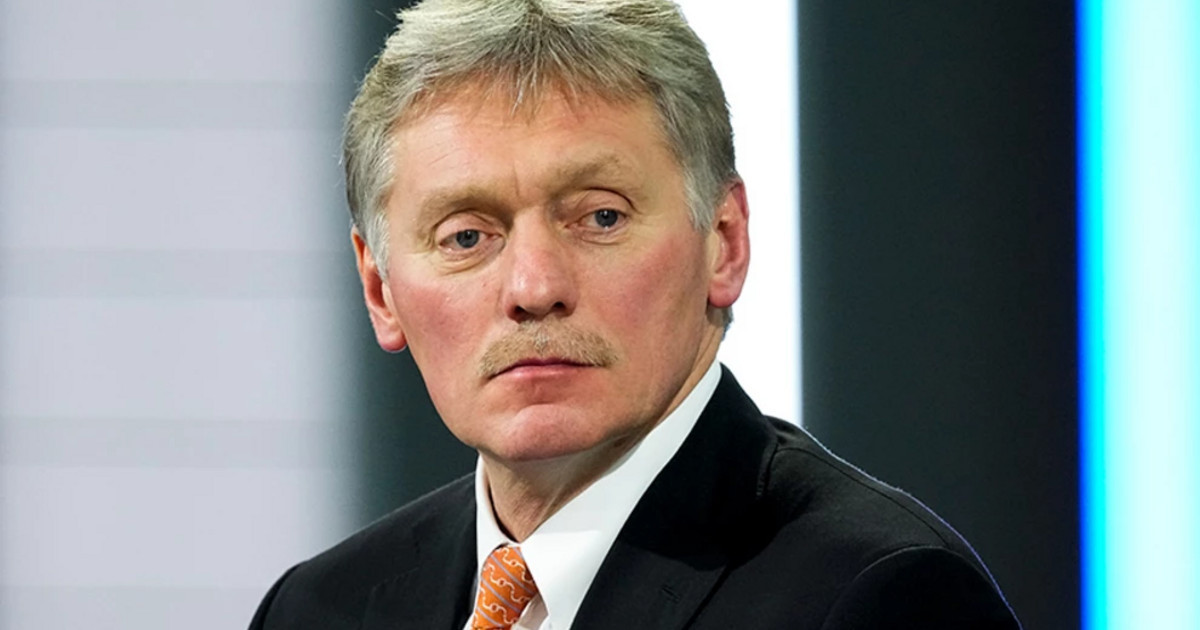Amidst the scenario of uncertainties about the direction of the fiscal policy of the elected government, the Copom (Monetary Policy Committee of the Central Bank) hardened the message about the risks that a fiscal disarrangement can cause, according to economists consulted by the CNN 🇧🇷
This Tuesday (12), the authority released the minutes of the meetings on the 6th and 7th, when it decided to keep the Selic rate at 13.75% per annum.
In the document, the BC points out that the fiscal issue has been debated “at length” and that it will not “hesitate to resume the adjustment cycle if the disinflation process does not go as expected”, which could cause the basic interest rate to stay longer at the current level or even go up earlier than expected by the majority in the market.
“We considered it a harsher signal than expected. We had in mind a scenario of cutting the Selic rate in the second half of 2023, however, this speech by the BC was quite direct and objective, so we are now in the hands of the size of the PEC (of Transition) to be approved by the Chamber this week, and in upcoming announcements from the future finance ministry,” says Stephan F. Kautz, chief economist at EQI Asset.
The lack of clarity about how the new government will conduct the already planned increase in costs —which also involves the definition of the government’s economic team—, makes the BC wait to make important definitions about the next steps of monetary policy, he points out. Sergio Vale, Chief Economist at MB Associados.
“The BC will be on hold for the first half. If there are no credible signs of change, the Central Bank, at the very least, will take longer to lower interest rates. The risk of this greatly increased, but the BC did not signal action because it is still very unclear what will be done to compensate for this bad start”, he says.
The authority responds, above all, to recent comments coming from the transition team, which may indicate a reversal of structural reforms already completed and, more recently, to rumors of the return of the subsidy policy widely adopted during PT governments, in addition to the threat to the law of state.
“The risks of inappropriate use of public banks are beginning to appear. With no space in the budget, the government will be able to use public banks more aggressively to try to stimulate the economy”, says Vale.
“The greater uncertainty about public spending may indeed affect Copom’s flight plan. What we see as more likely is that the Central Bank will keep the Selic at 13.75% per annum for a longer time, therefore postponing the interest rate reduction cycle”, says the 6C in a note. The institution predicts the beginning of the Selic decline in the 3rd quarter of next year, with the rate ending 2023 at 11.75%.
The BC also says that the increase in interest rates may lose effect, depending on the choices of the new government, and cites the different channels through which fiscal policy can affect prices, “not only the direct effects on aggregate demand, but also via prices of assets, degree of uncertainty in the economy, inflation expectations and neutral interest rate”.
external factor
The minutes also mention the effects on domestic prices that may come from an “adverse and volatile” external environment, marked by the prospect of global growth below potential next year.
“The tightening of financial conditions in the main economies, the difficulties in the supply of energy to Europe and the challenging scenario for growth in China, in part due to the policy to combat Covid-19, reinforce a perspective of a slowdown in global growth in the coming quarters”.
For former BC director Tony Volton, the external factor has more power to define changes in the BC’s monetary policy than the increase in spending by the new government, which is already priced in.
“I think the trajectory of the Selic should have the external scenario more as a determining factor than the fiscal issue. In the case of fiscal policy, we already know that we will have more expenses, the definition of the new fiscal anchor should take time. The external environment is more uncertain,” she says.
Volpon cites the signs of the Federal Reserve (BC of the USA) in relation to higher interest rates in the United States and, at the same time, the various signs of falling inflation in the United States.
“What will prevail?” he asks. “It is not difficult to draw a scenario where the Fed cuts interest rates in mid-2023 and our BC follows, despite the fiscal issue”.
Source: CNN Brasil
A journalist with over 7 years of experience in the news industry, currently working at World Stock Market as an author for the Entertainment section and also contributing to the Economics or finance section on a part-time basis. Has a passion for Entertainment and fashion topics, and has put in a lot of research and effort to provide accurate information to readers.






